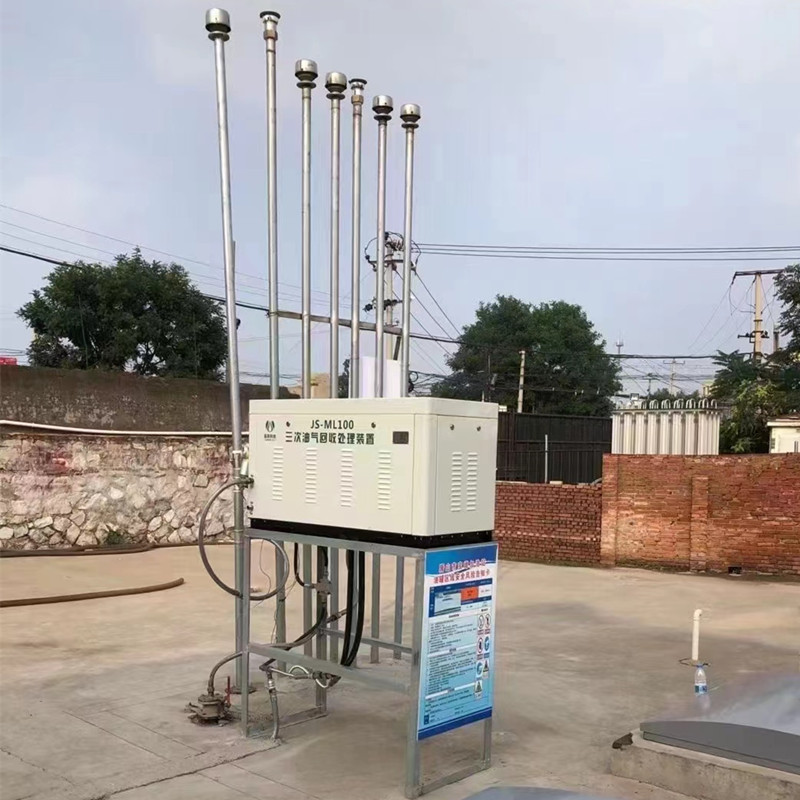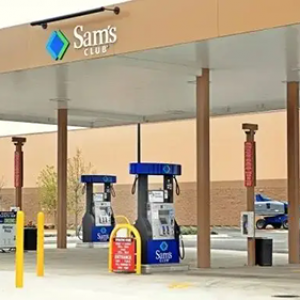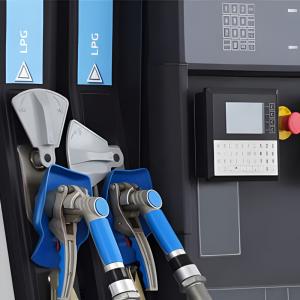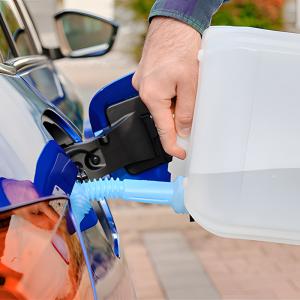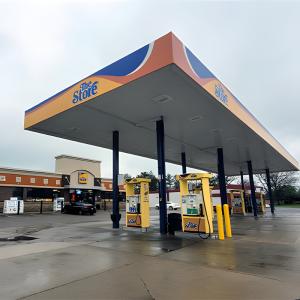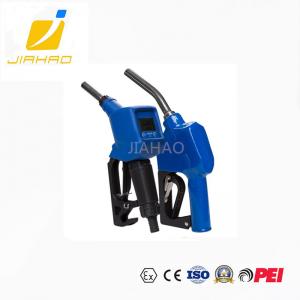Vapor Recovery system: Gas Station vs. oil Depot differ
Vapor recovery systems: A Detailed Look at Gas Station vs. Oil Depot Applications
In the oil and gas industry, a Vapor recovery system (VRS) is a crucial environmental technology designed to capture and process fuel vapors that escape from volatile organic compounds (VOCs). While both gas stations and oil depots use VRS to reduce emissions, there are significant differences in their system design and application due to variations in scale, operation, and regulatory requirements.
This article will delve into the primary distinctions between the three-stage VRS applications at gas stations and oil depots, particularly focusing on the differences in recovery efficiency and processing capacity.
How Vapor Recovery Systems Work
Whether at a gas station or an oil depot, the core principle of a gas vapor recovery system is to collect escaping fuel vapors through a network of pipes and a vacuum system. These vapors are then processed or reused to prevent them from being released into the atmosphere. The systems typically consist of three main stages: collection, transportation, and processing.
Gas Station's Three-Stage VRS: Precision and High Efficiency
A gas station's VRS primarily serves two functions: Stage I, which occurs when a tanker unloads fuel into the station's underground storage tanks, and Stage II, which happens when a customer refuels their vehicle. "Vapor recovery Stage III" refers to the advanced recovery technology that processes the vapors collected from the storage tanks' breathing emissions. This system, which consists of a vapor collection system, a processing unit, and an automated control system, converts the vapors back into liquid fuel using methods like adsorption, absorption, condensation, or membrane separation to achieve energy savings.
Here, we will primarily discuss the differences in the three-stage vapor recovery equipment. The three-stage system at a gas station uses activated carbon adsorption and condensation technologies to recover vapors from the gas station's VRS and underground storage tanks. It then controls emissions to meet environmental standards and converts the vapors into liquid fuel.
If a gas station doesn't have its own processing unit, the gas vapor recovery system will store the collected vapors. During the next fuel delivery, these vapors are sent back to the tanker through the return pipe and eventually transported back to the oil depot for centralized processing. This creates a complete closed-loop system, ensuring vapors are not released during the retail process.
Key Features of a Gas Station's Three-Stage VRS
1. Processing Standards & Requirements
-
Strict Recovery Efficiency: Must achieve a vapor recovery rate of over 95%.
-
Precise Emission Control: The concentration of non-methane total hydrocarbons in the tail gas must not exceed 25g/m³.
-
Real-time Monitoring: Requires an online monitoring system.
2. System Capacity
-
Smaller Processing Volume: Typically operates at a lower rate of 10-50 m³/h.
-
Intermittent Operation: Runs in cycles that correspond with refueling activities.
-
Compact Design: Adapted to fit the space constraints of a gas station.
3. Key Equipment Configuration
-
High-Efficiency Adsorption Unit: Uses activated carbon or other specialized adsorbents.
-
Variable-Frequency vapor recovery pump: Ensures stable negative pressure for energy savings and emission reduction.
-
Smart Control System: Automatically adjusts operating parameters.
Oil Depot's Three-Stage VRS: Large-Scale Processing with Less Stringent Efficiency Requirements
An oil depot's VRS faces different challenges. The sources of fuel vapor are more varied, including breathing emissions from vapor recovery systems storage tanks, loading emissions from tankers, and offloading emissions from ships. The processing volume is also significantly larger.
Key Features of an Oil Depot's Three-Stage VRS
1. Processing Standards & Requirements
-
More Lenient Standards: Requires a recovery rate of over 90%.
-
Higher Emission Limits: The tail gas concentration is controlled to be within 35g/m³.
-
Periodic Testing: Continuous online monitoring is not required.
2. System Capacity
-
High Processing Volume: Typically operates at a higher rate of 100-500 m³/h.
-
Continuous Operation: Designed to handle continuous loading and unloading activities.
-
Modular Design: Allows for easy expansion.
3. Key Equipment Configuration
-
Large Processing Unit: Often uses a combination of condensation and adsorption technologies.
-
High-Power vapor recovery pump: Handles large flow rates.
-
Vapor recovery system on tanker: Uses a dedicated loading and unloading system for tanker trucks.
| Comparison Item | Gas Station System | Oil Depot System |
| Treatment Standard | ≥95% recovery rate | ≥90% recovery rate |
| Emission Concentration | ≤25g/m³ | ≤35g/m³ |
| Processing Capacity | 10-50m³/h | 100-500m³/h |
| Monitoring Requirements | Real-time online monitoring | Periodic testing |
| Vapor Recovery Nozzle | Specialized recovery nozzle | Not applicable |
| Vapor Recovery Pump | Frequency conversion | High-volume |
| System Automation | Fully automatic control | Semi-automatic control |
| Investment Cost | Relatively higher | Significant economies of scale |
Technological Development Trends
-
Stricter Emission Standards: Gas stations may be required to achieve recovery rates of over 97%.
-
Intelligent Upgrades: IoT technology will enable remote monitoring and control.
-
Energy-Efficient Design: Systems will be designed to reduce energy consumption.
-
Vapor recovery systems storage tanks optimization: Improvements in technology will better control breathing losses from storage tanks.
Conclusion
While the fundamental principles of three-stage vapor recovery systems are similar, there are significant differences in their processing standards, system scale, and equipment configuration between gas stations and oil depots. These distinctions stem from their unique operational characteristics and environmental demands. As environmental regulations continue to tighten, both types of systems will evolve to become more efficient and intelligent, but these differentiated technical requirements are likely to persist for a long time. Understanding these differences is essential for selecting the most suitable vapor recovery solution that meets environmental requirements while achieving optimal economic benefits.
